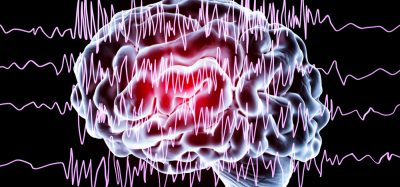Immune cell populations have been mapped to provide new insights into how the immune system works
Posted: 17 May 2022 | Ria Kakkad (Drug Target Review) | No comments yet
Two new papers from the Human Cell Atlas shed new light on the types and traits of immune cells that can be found in the human body, from developmental stages to adulthood.


Two new papers from the Wellcome Sanger Institute, the University of Cambridge, UK, and collaborators have created open-access atlases of the immune cells in the human body. One study focuses on the early development of the immune system and the localisation of immune cells across several tissues. The other study looks at immune cells in multiple tissues from adult individuals, providing a framework for prediction of cell type identity and insights into immunological memory.
These studies are part of the international Human Cell Atlas (HCA) consortium, which is aiming to map every cell type in the human body as a basis for both understanding human health and for diagnosing, monitoring, and treating disease. An open, scientist-led consortium, HCA is a collaborative effort of researchers, institutes, and funders worldwide, with more than 2,300 members from 83 countries across the globe.
Both studies that were recently published in Science explore the similarities and differences of immune cells across different tissues, which are understudied, compared to those circulating in the blood. Knowing more about immune cell traits and reactions in these tissues at different stages of life could help future research into therapies that aim to produce or enhance an immune response to fight disease, such as vaccinations or anti-cancer treatments.
In the first study, researchers from the Wellcome Sanger Institute and collaborators created an atlas of the developing human immune system across nine organs. They used spatial transcriptomics and single-cell RNA sequencing to map the exact location of specific cells within developing tissues. Researchers were able to identify a new type of B cell, and distinctive T cells that appear in the early stages of life. The team used data from the other Human Cell Atlas study to prove that these immune cells are not found in adults.
In the second study, scientists from the Wellcome Sanger Institute, the University of Cambridge, and their collaborators simultaneously analysed immune cells across 16 tissues from 12 individual adult organ donors. The team developed a database and algorithm that automatically classifies different cell types to handle the large volume and variation of immune cells. Through this, they were able to identify around 100 distinct cell types.
The researchers created a cross-tissue immune cell atlas that revealed the relationship between immune cells in one tissue and their counterparts in others. They found similarities across certain families of immune cells, such as macrophages, as well as differences in others. For example, some memory T cells show unique features depending on which tissue they are in.
The wider research community can freely use these cross-tissue immune cell atlases to help interpret and inform future research. Having a complete cell atlas could serve as a framework to identify which immune cells could be useful to activate when designing new therapeutics that focus on guiding or supporting the immune system, such as vaccination and immunotherapies, for both infectious diseases and solid tumours.
Dr Sarah Teichmann, co-senior author on both studies, said: “A detailed understanding of cells through the Human Cell Atlas will help explain many aspects of human health and disease. In addition to creating a new resource for researchers to classify different cell types, our work will have many translational implications, including serving as a framework for developing therapies to fight immune-related diseases and managing infections.”
Related topics
Cell Cultures, Disease Research, Therapeutics
Related conditions
Cancer
Related organisations
University of Cambridge, Wellcome Sanger Institute
Related people
Dr Sarah Teichmann








